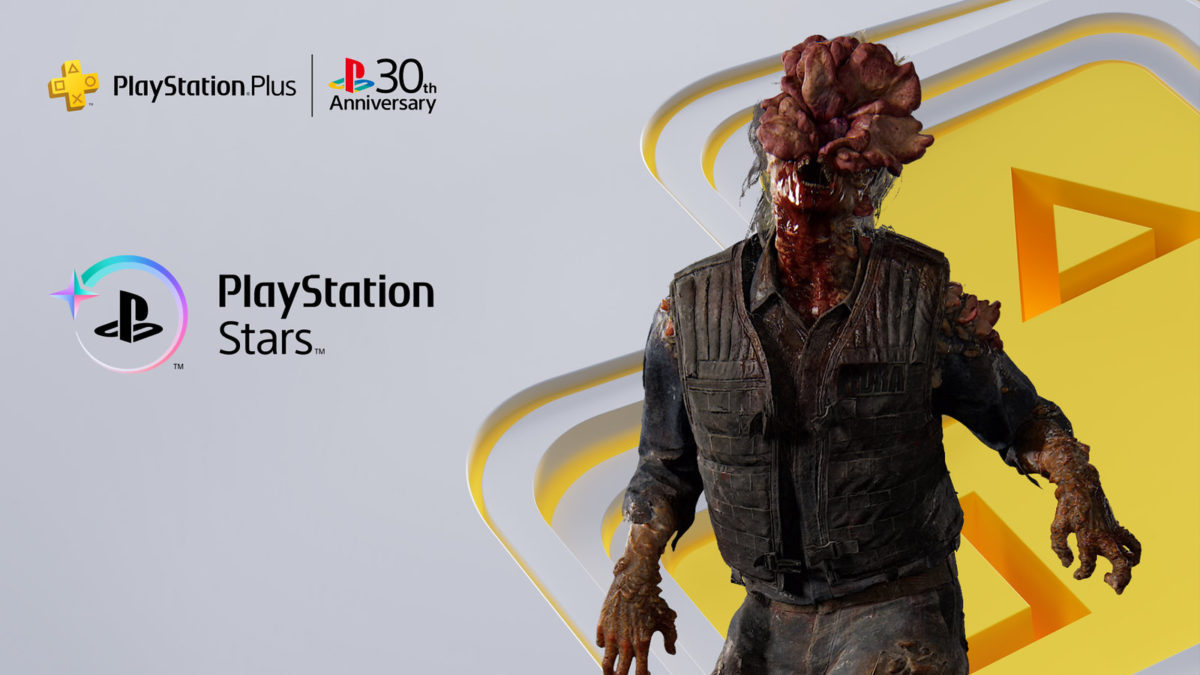A union has called for staff at Ubisoft’s French operation to strike over a return to office order and pay dispute.
Le Syndicat des Travailleurs et Travailleuses du Jeu Vidéo (STJV), the French Video Game Workers Union, said Ubisoft management had imposed a return to office order for three days a week for all employees “without any tangible justification or any consultation with the workers’ representatives.”
“After more than five years of working efficiently in the current remote-work context, many of our colleagues have built or rebuilt their lives (family life, housing, parenthood, etc.) and simply cannot return to the previous working conditions,” the STJV continued.
“Our employer knows this perfectly well. The consequence of its decision will be the loss of our colleagues’ jobs, the disorganization of many game projects, and the drastic increase in psychosocial risks for those who remain.”
The STJV said the return to work order was announced following the collapse of profit-sharing negotiations between Ubisoft France management and staff. “Exactly like previous salary negotiations, management’s proposals were unacceptable, the negotiations’ timetable was appalling, and management was deaf to the proposals of the various employee representatives,” the union said.
A first strike has been called for October 15 to 17. Ubisoft declined to comment when contacted by IGN.
The STJV has made a number of demands, including a formal agreement on remote work, the restoration of profit sharing at 60%, the end of an alleged gender pay gap, and a higher increase in low salaries.
“Until proven otherwise, games only exist thanks to the workers’ labor, and good games thanks to good working conditions,” the STJV added, before inviting all Ubisoft staff globally to “mobilize” as well.
This isn’t the first time the STJV has organised a strike at Ubisoft France. In February, almost 700 Ubisoft staff joined the picket line across the French cities of Paris, Montpellier, Annecy, Lyon, and Bordeaux to demand better wages.
The latest strike action comes amid a tough period for Ubisoft that has sparked an internal investigation overseen by the company’s board of directors. The recently released Star Wars Outlaws failed to sell as well as Ubisoft hoped, and it’s just delayed Assassin’s Creed Shadows into 2025. Meanwhile, Ubisoft has ditched Epic Games Store timed exclusivity for its PC games and gone back to day-one launches on Steam.
Earlier this month, a minority investor in Ubisoft called on the company to go private amid a share price slump sparked by the disappointing sales of Star Wars Outlaws.
Photo by Pascal GUYOT / AFP via Getty Images.
Wesley is the UK News Editor for IGN. Find him on Twitter at @wyp100. You can reach Wesley at wesley_yinpoole@ign.com or confidentially at wyp100@proton.me.










